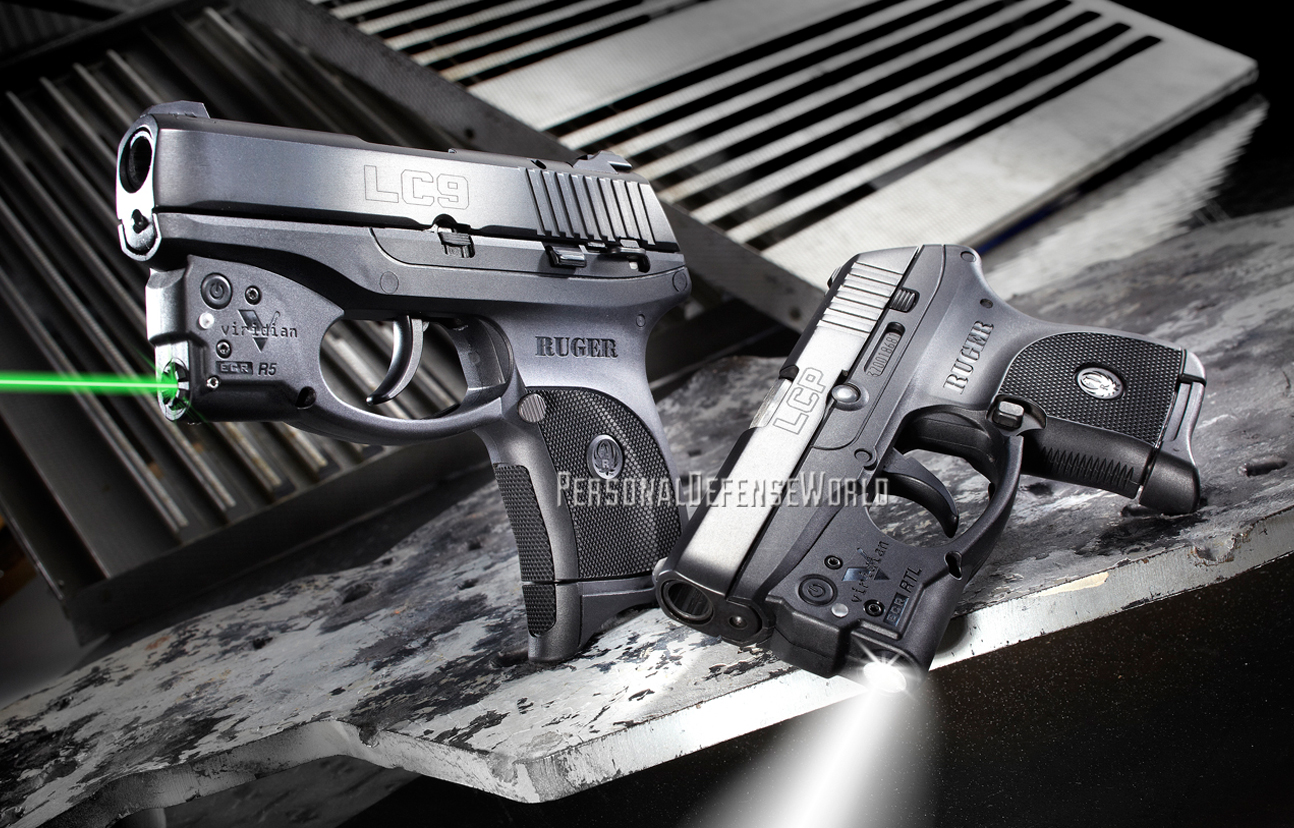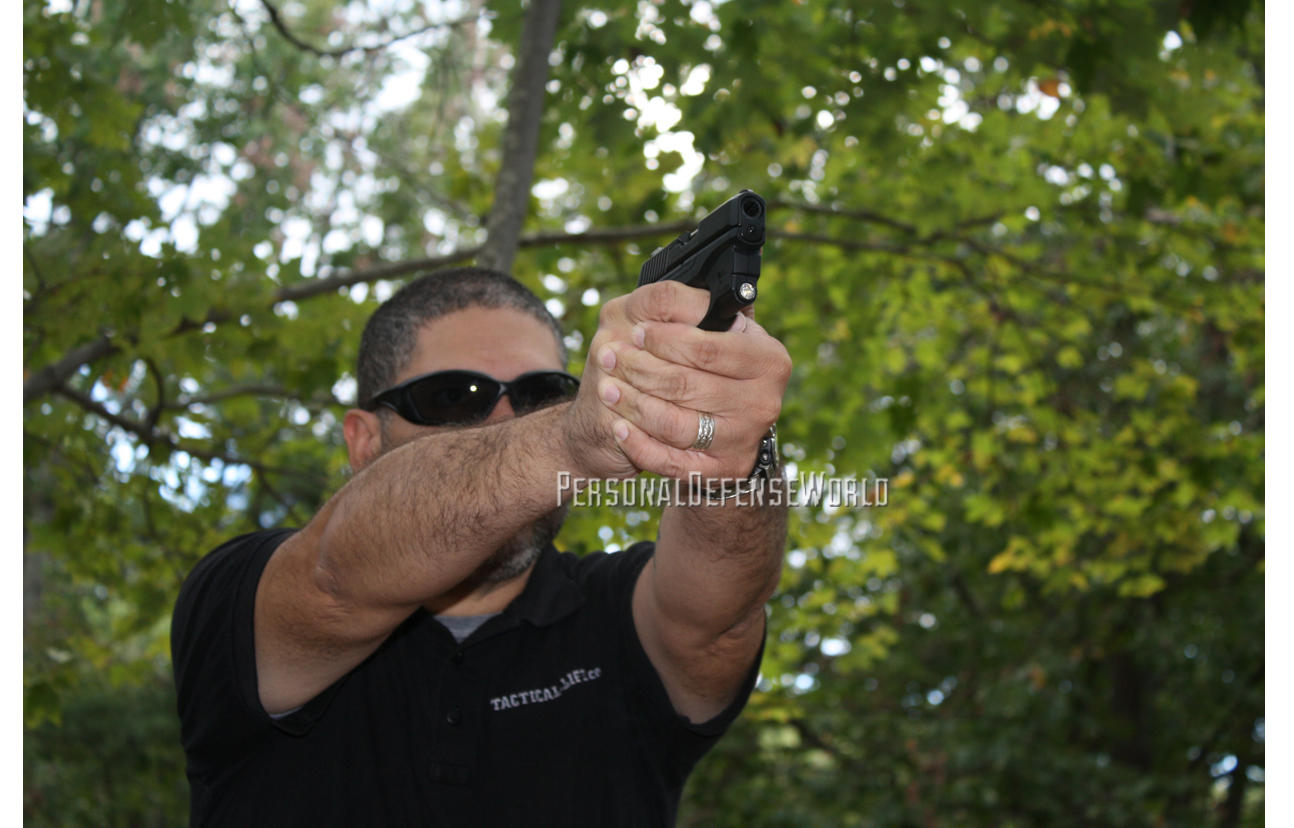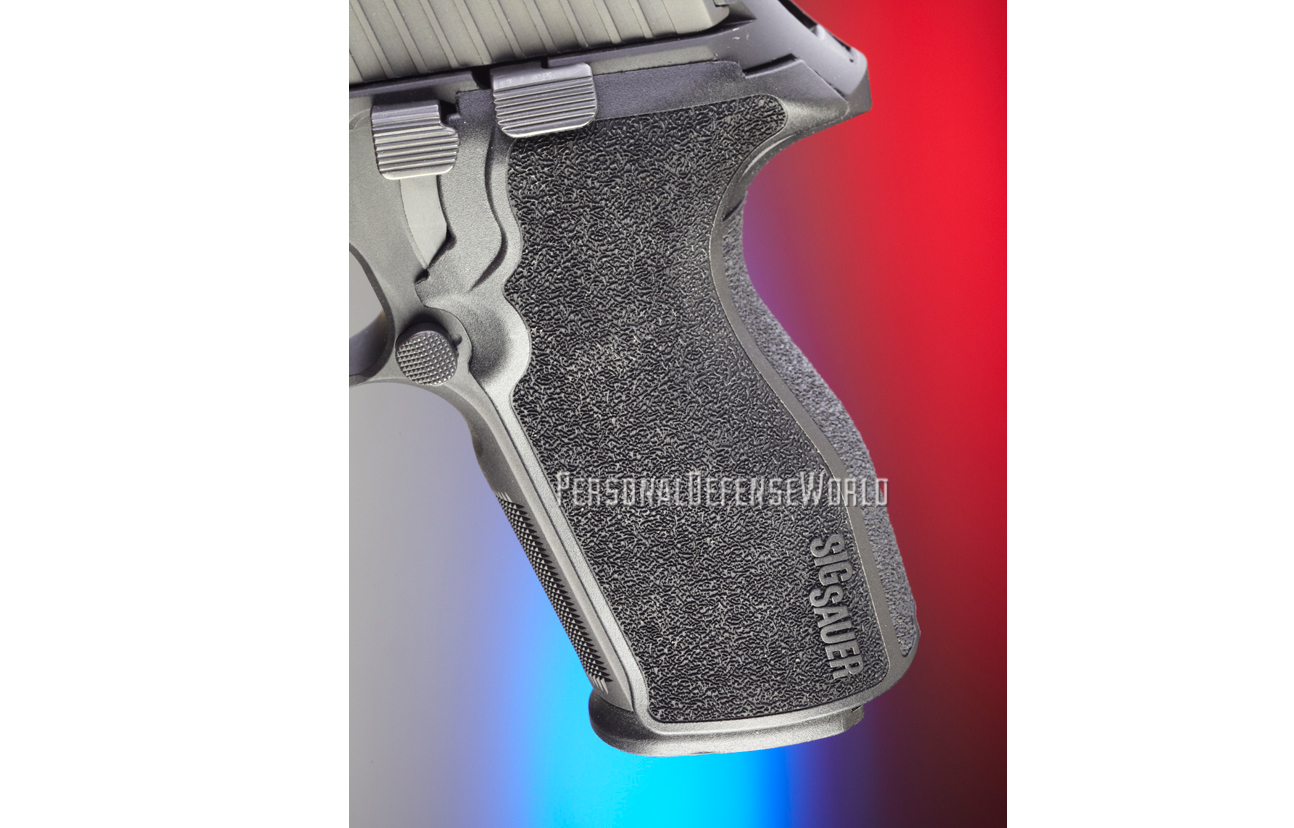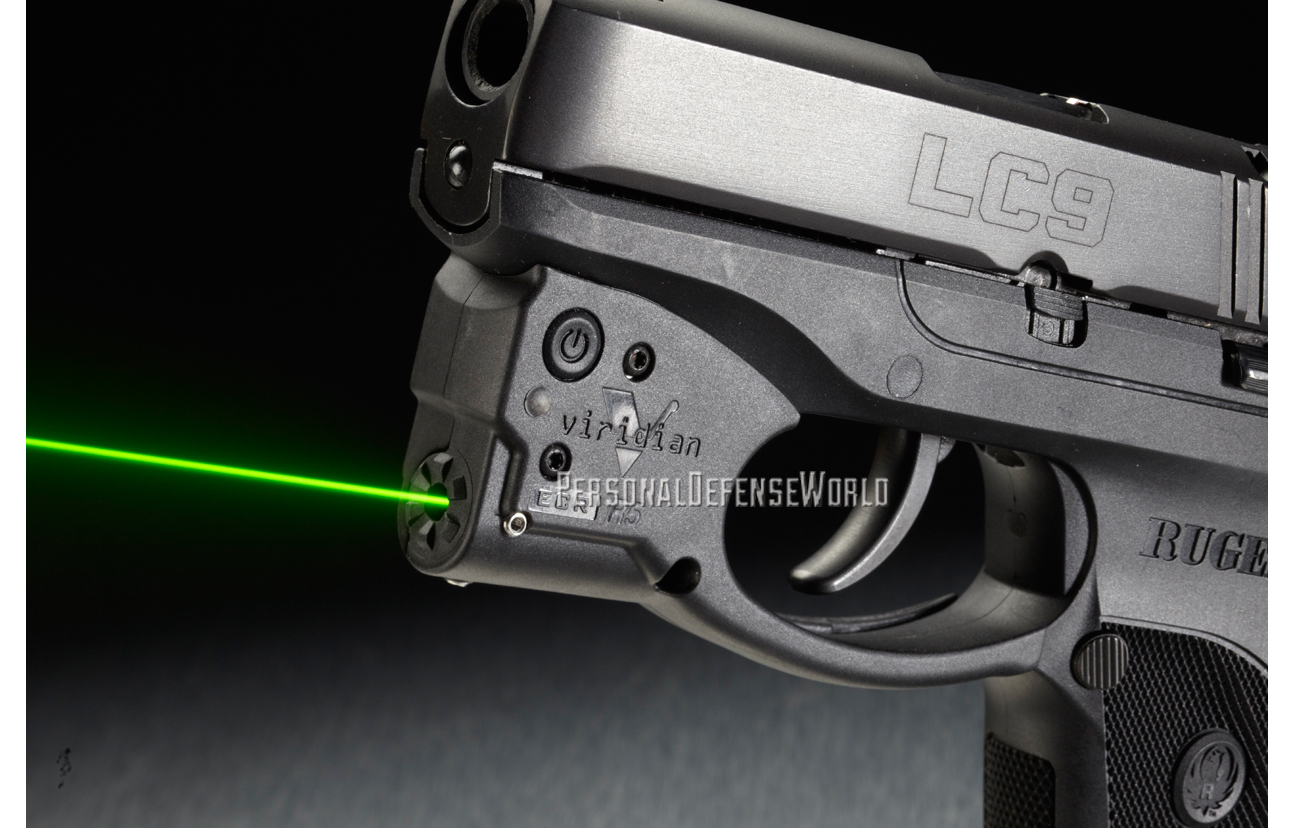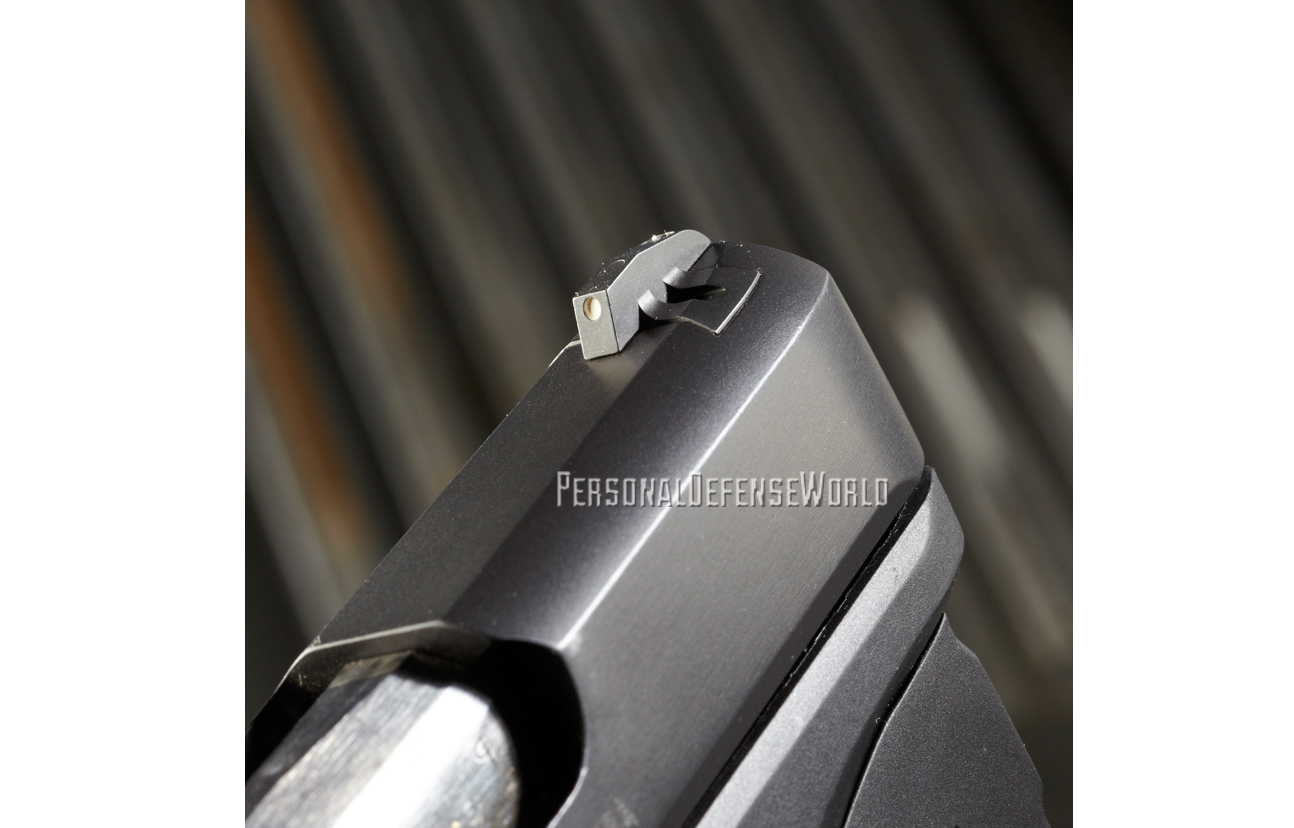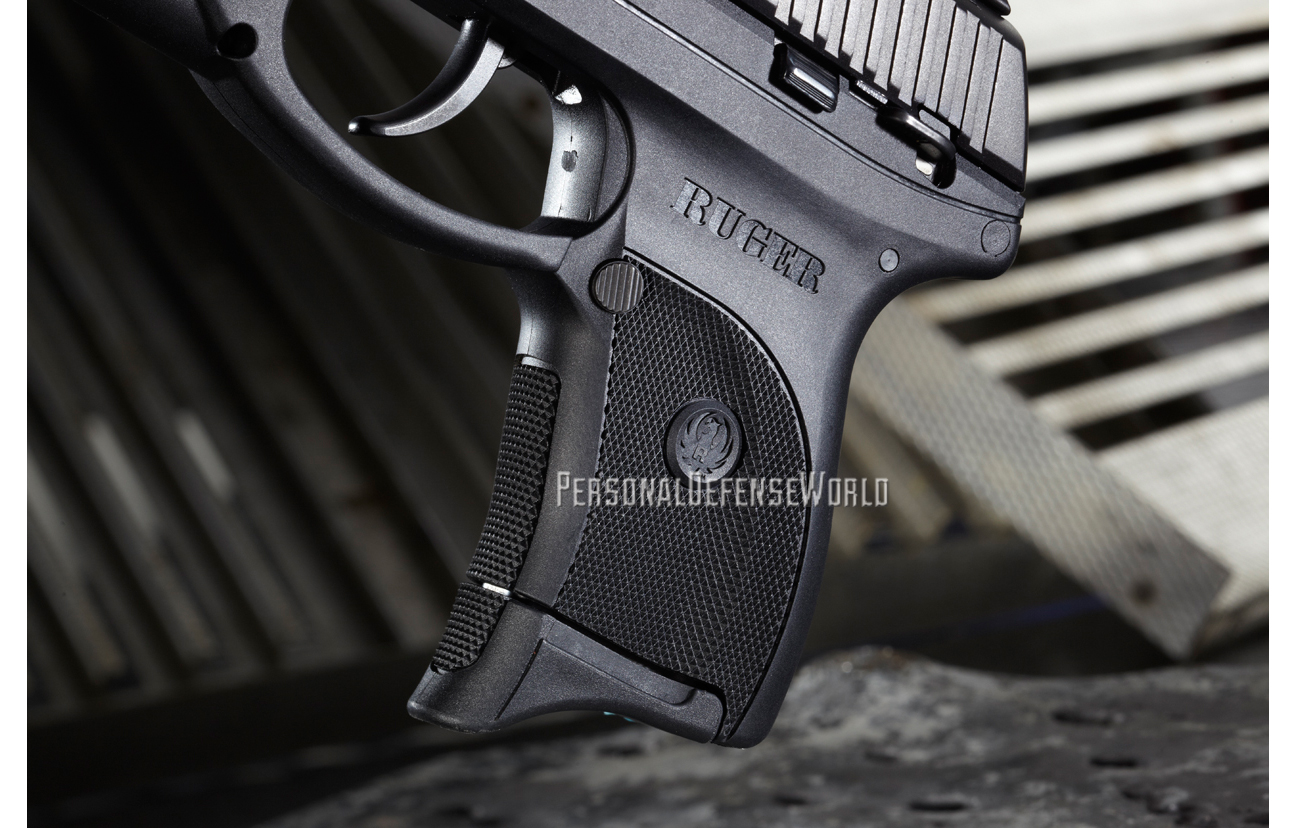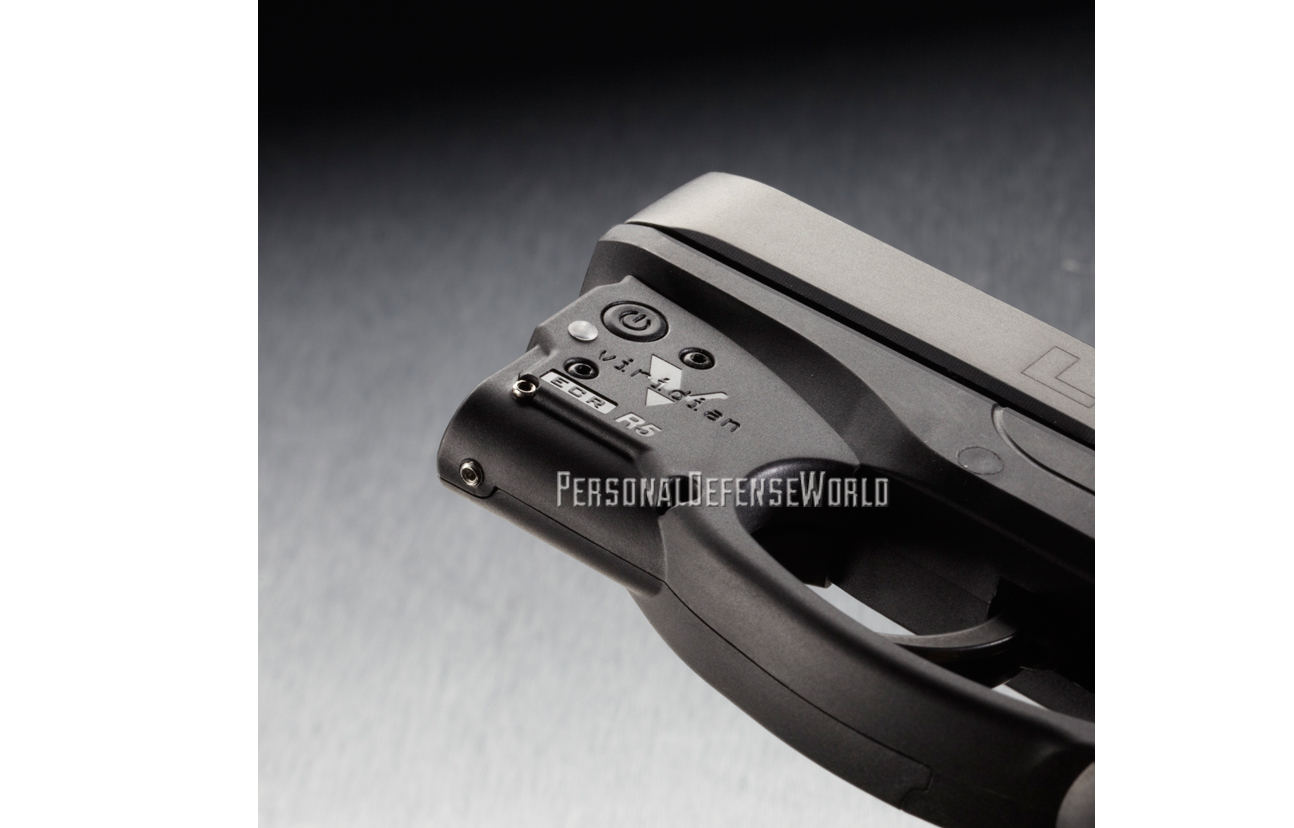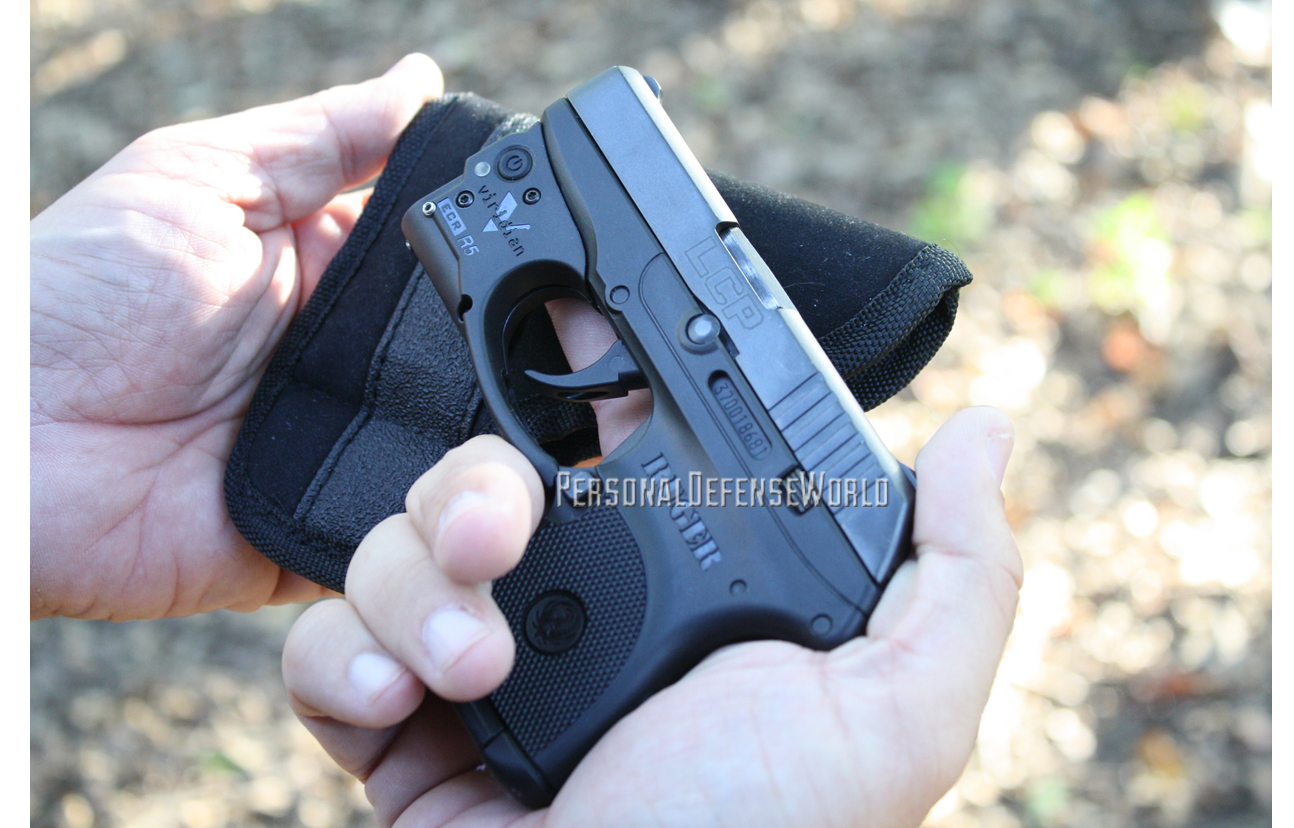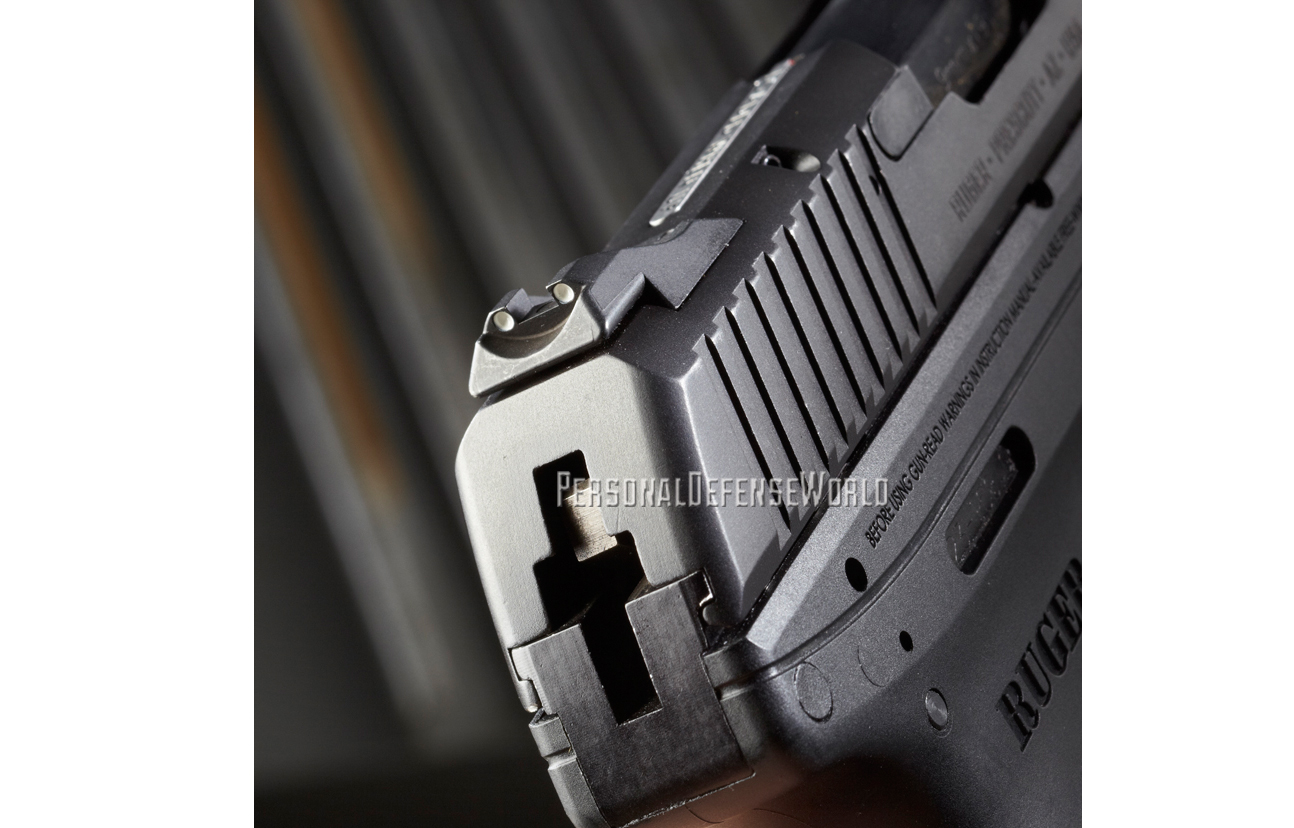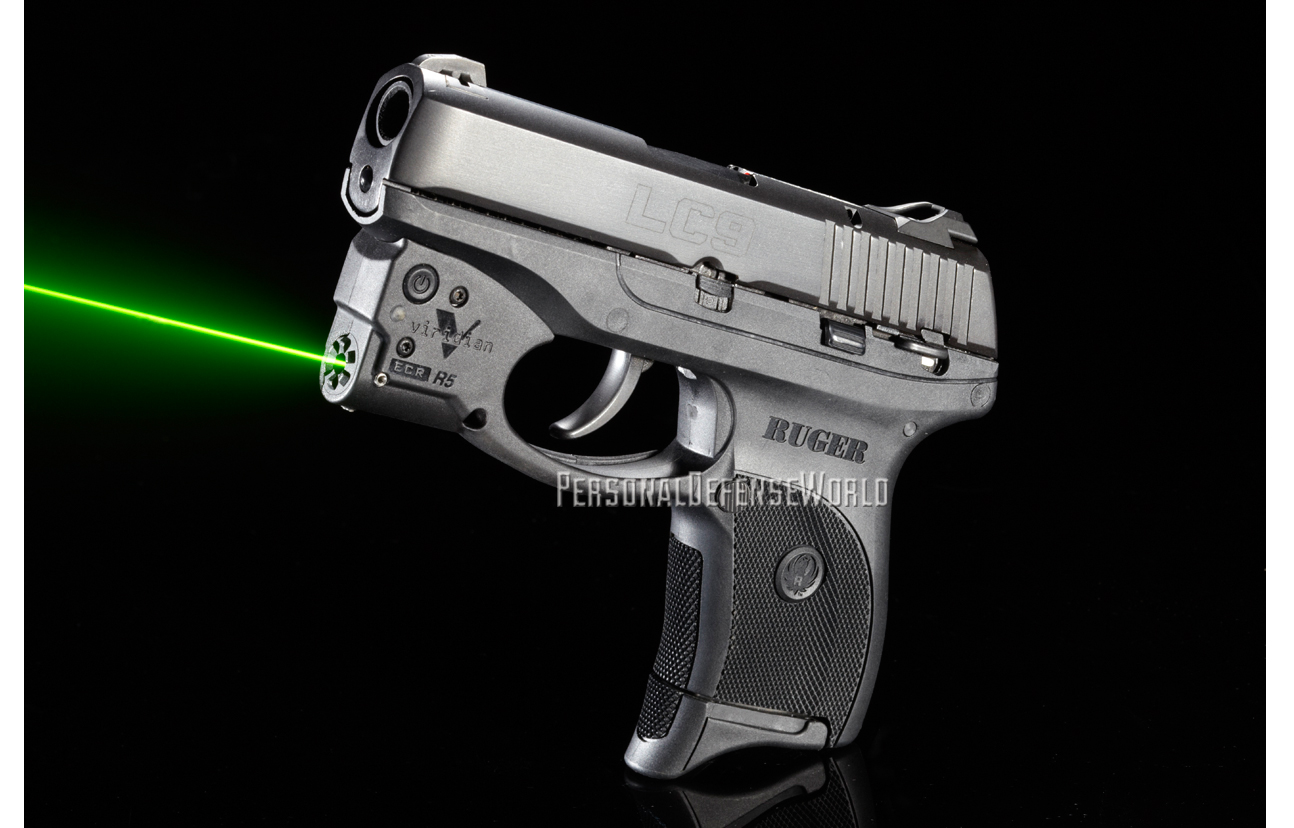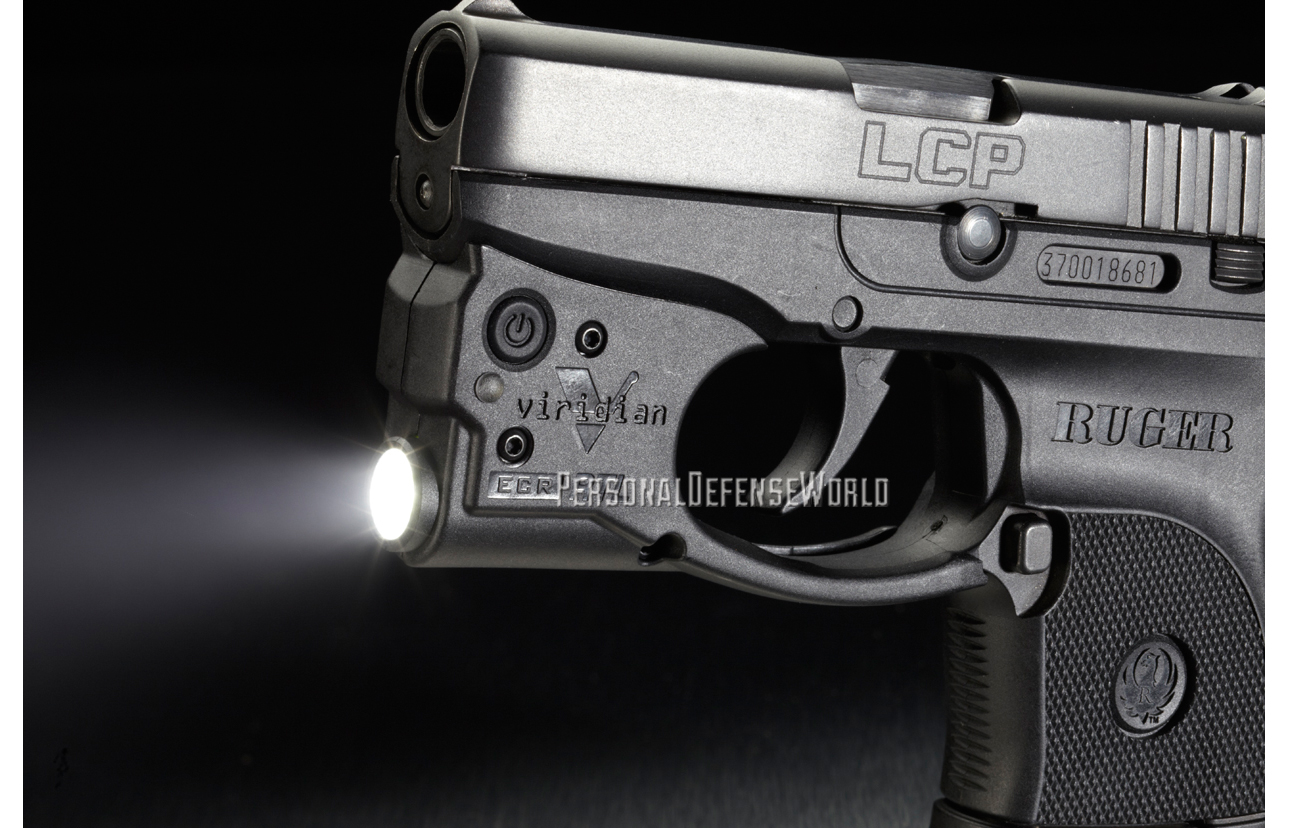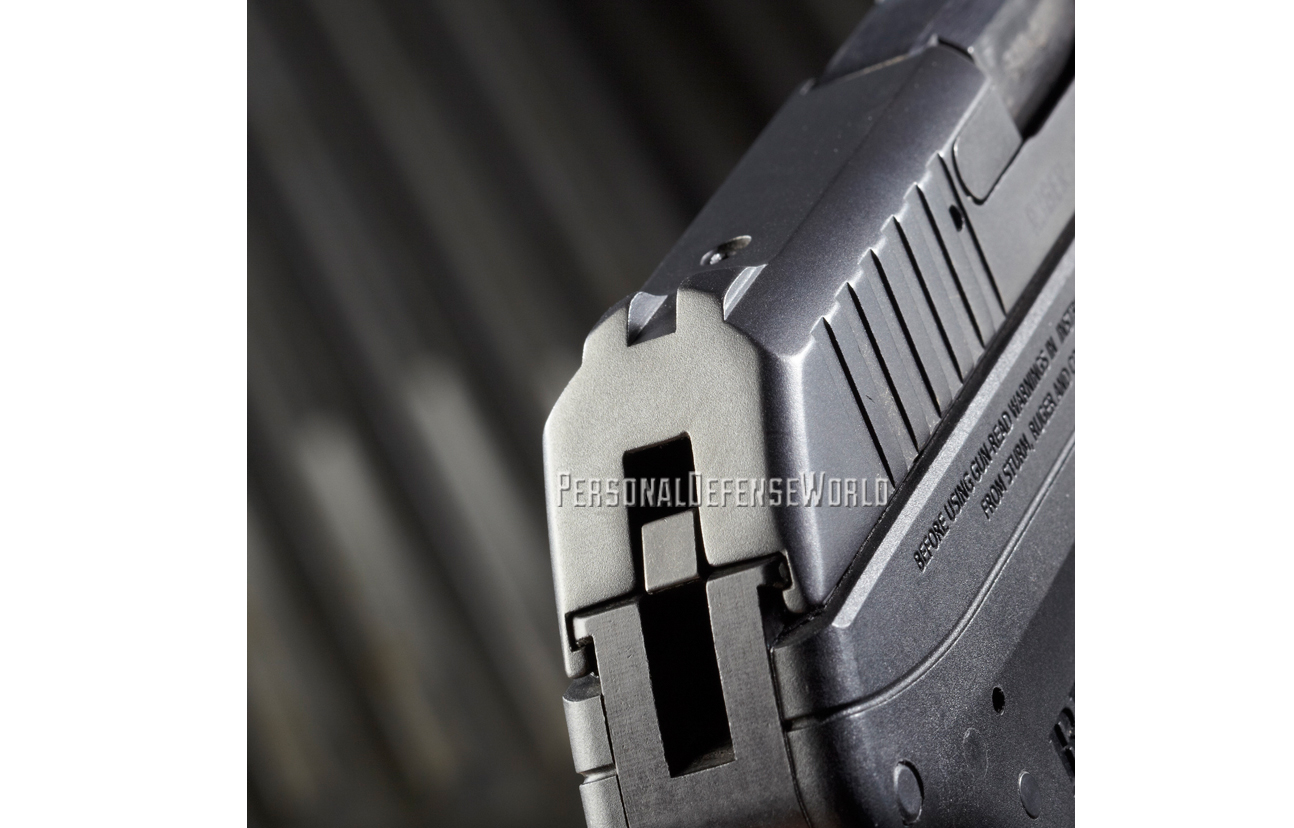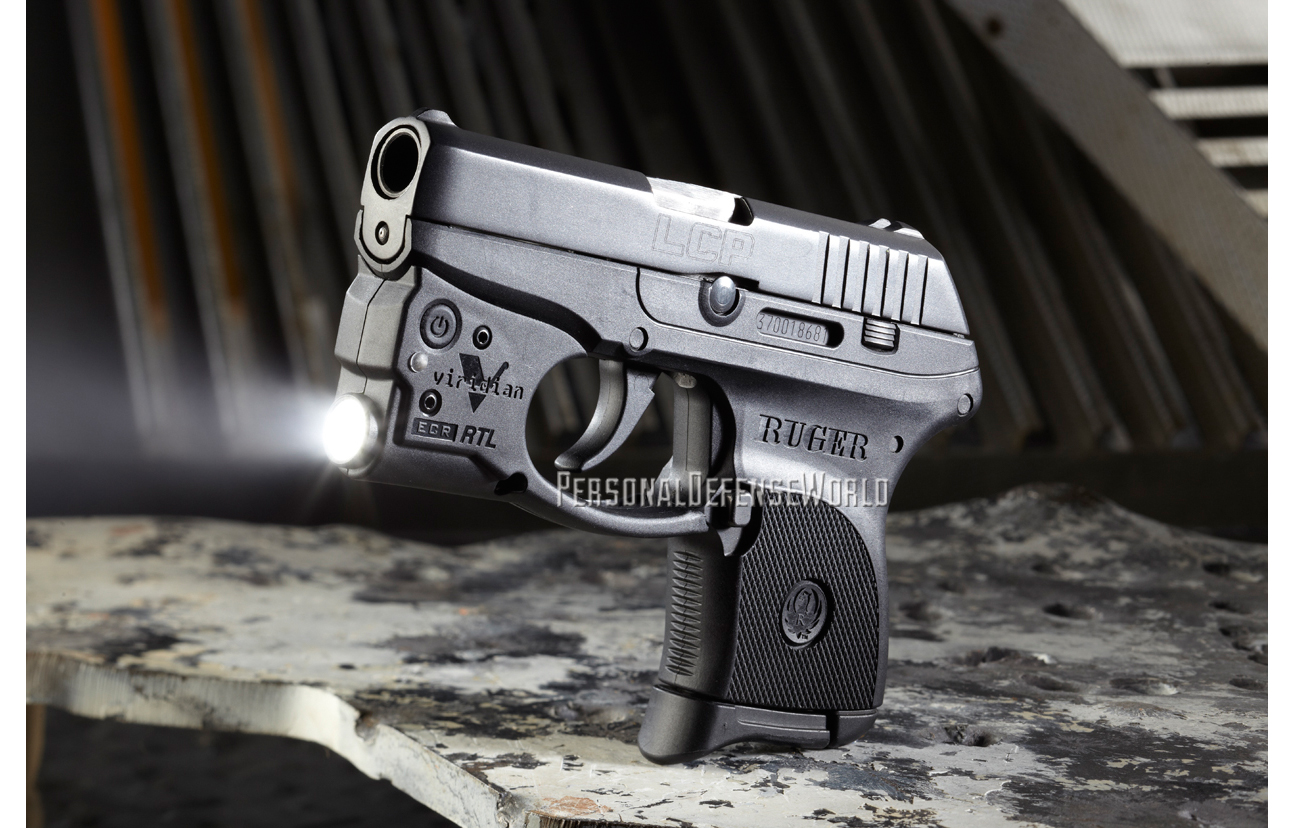Ruger not only makes some of the most popular subcompact and pocket pistols on the market today, the LCP and LC9, but the company has also been at the forefront of building partnerships with laser manufacturers to offer completely integrated units to its customers. Most recently, Ruger has extended these offerings to include an extremely powerful and super-compact tactical green laser and tactical light from Viridian, the Reactor R5 green laser and the Reactor Tactical Light.
The new Viridian Reactor R5 green laser unit is a game-changer when it comes to fast target acquisition under any conditions. Green lasers are far more powerful and visible to the human eye than red lasers in all conditions, even bright sunlight. Traditionally, green lasers, requiring more power to operate, have been difficult to miniaturize, but Viridian nevertheless has managed to shrink the technology to an incredible degree.
Being able to see a green dot on your target does not necessarily identify your target, however, especially in low-light conditions. For this, Ruger is also offering the LCP and LC9 with the Viridian Reactor Tactical Light. This is a tiny but powerful light with a 100-lumen constant-on mode as well as a 140-lumen strobe mode. The company has developed Radiance technology that takes this standard light and adds a proprietary filter that reshapes the beam into a wide oval, narrowing it from top to bottom and allowing a much wider field of view—over twice the width of a normal tactical light. The amount of time it takes to scan and clear a room for intruders or threats is cut in half.
Advertisement — Continue Reading Below
The popularity of weapon-mounted laser systems, especially on concealed-carry handguns, is a result of the reality of unfriendly encounters, which can often occur in low-light conditions where the usefulness of sights is limited. Self-defense situations also often happen when least expected, as criminals prefer to use the element of surprise to their advantage. In a panic or stressful shooting situation, people tend to become threat-focused, and lasers allow you to place hits where they count without having to rely on your sights.
Of course, you have to turn the light or laser on when you draw your pistol, and in a rush or panic, will you remember to do that? With the Viridian Reactor R5 and the Reactor Tactical Light, you won’t have to think about it. Included with the Reactor-equipped Rugers will be Viridian’s Enhanced Combat Readiness (ECR) pocket holster, which instantly turns the units on when you draw your pistol. There’s no need to consciously activate them. When you reholster the pistol, the unit turns
itself off. There is a manual on/off switch as well.
Gun Details
On the Ruger LCP and LC9 pistols provided for testing, both the Reactor light and laser fit perfectly and almost seamlessly without adding to the pistols’ width or length a virtually little bulk, as the units weigh only 0.78 ounces. The LC9’s Reactor R5 unit will also fit on Ruger’s LC380 pistol, as they share the same-sized frame. The ECR holster is of the pocket type and fit both guns very well. The Reactor laser is built tough from durable polymer that matches the finish on the pistols very well. It is also worth noting that Viridian is the only company making green laser sights and tactical weapon-mounted lights for these pistols.
Advertisement — Continue Reading Below
The Ruger LCP is a lightweight, double-action-only (DAO), recoil-operated, semi-automatic pocket pistol chambered in the popular .380 ACP with a 6+1 capacity. The frame is made of glass-reinforced nylon. Ruger has added a manual slide hold-open, which will not lock the slide open on an empty magazine or on the last shot, but it will unlock itself when the slide is retracted. It is a bit too small to comfortably use as a slide release, however.
Pocket carry has its own set of challenges, and having a completely snag-free profile is certainly a paramount consideration. With this in mind, the Ruger LCP features rounded edges throughout and a smooth finish with fixed, integral, low-profile sights. The Reactor R5 laser is similarly smoothly contoured and snag free. The only necessarily non-smooth areas can be found on the slide serrations and the checkering on the grip.
In keeping with the pistol’s simple controls, there is no external or manual safety. There is a small window on the right side of the slide at the back of the chamber that can provide visual indication of a round in the chamber. The hammer’s half-cock also provides a modicum of safety to prevent it from striking the firing pin on a live round. However, there is no drop safety, and the pistol could fire if dropped with a live round chambered. Ruger recommends that the pistol be carried with an empty chamber until ready to fire.
Advertisement — Continue Reading Below
The LC9 pistol is a lightweight, subcompact, hammer-fired, DAO, recoil-operated, semi-automatic 9mm pistol with a 7+1 capacity. That is one better than most pocket .380 ACP guns in a more powerful cartridge and only slightly larger package. The checkered and serrated, glass-filled-nylon, black grip frame also helps keep the gun’s weight at just over 17 ounces empty, and the steel alloy barrel and slide both feature a very smooth black oxide finish. As is to be expected, the fit and finish on this gun is exemplary and to the same standard as the company’s other offerings.
Other features include a blued, through-hardened alloy steel slide and an included magazine floorplate finger grip extension. All of the edges have been smoothed out, giving the gun a slightly melted look. Towards the muzzle, the slide is also angled inward to aid with holstering. The high-visibility three-dot sights feature a wider rear aperture to help the user quickly align the sights and focus on the front sight. The sights also have a low, snag-free profile, and the rear sight is drift adjustable for windage.
Safeties on the LC9 are more extensive than those found on the LCP and include a firing-pin block, which prevents the gun from firing unless the trigger is squeezed, a magazine disconnect, which also prevents firing unless a magazine is completely inserted in the gun, and a left-side thumb safety. A loaded-chamber indicator, located on top of the slide and just behind the ejection port, provides both visual and tactile awareness that a cartridge case is in the chamber. There is also a small window at the back of the chamber to provide additional visual confirmation of a round in the chamber. Finally, the LC9 also includes Ruger’s internal lock, which disengages the trigger bar from the hammer and completely deactivates the gun with a turn of the supplied key.
Advertisement — Continue Reading Below
The thumb safety is actually hinged from the front—opposite to what most shooters may be used to—and I found it somewhat difficult to use. With practice, however, I would expect that to smooth itself out. Many shooters will likely prefer to simply not use the thumb safety at all given the internal safeties already built into the gun and the DAO design. Notable for a gun this small, Ruger also includes a smallish but functional slide lock/release that locks the action open on the last shot.
The operating methods of the LCP and LC9 are virtually identical. The action of the slide partially charges the hammer, which is shrouded but visible from the rear to confirm its position. As a result of this system, there is no double-strike capability. Both the LC9 and the LCP have very smooth triggers, with no stacking or creep, and about an inch of travel. I measured the LCP’s trigger at a very consistent 7 pounds, while the LC9’s trigger felt smooth with no discernable overtravel or stacking, breaking evenly at 7.5 pounds.
Range Time
On the range, both pistols performed without malfunction with a mix of defensive ammunition, and recoil was comfortable for both. The more powerful LC9 did have a bit more recoil as expected, but it is also heavier and larger, which helps. The larger grip on the LC9 also makes it easier to shoot. On the LCP, I was barely able to get two fingers on the grip and a finger-extension magazine would be a welcome feature, although it would slightly increase the gun’s size.
The sights on these pistols are not intended for precision but rather for close-range work. Nevertheless, I found them effective and was able to deliver accurate hits. The best results came when I was using the green laser, as this allowed for far more accurate shooting. With the LC9, I fired approximately 50 rounds of 9mm Hornady 124-grain XTP self-defense ammo at 7 yards off-hand and kept my groups at approximately 3 inches. For accuracy results, I fired both pistols from a benchrest position at 7 and 15 yards using the iron sights.
Advertisement — Continue Reading Below
What struck me most is that even in daylight, the green dot is plainly visible 50 yards away. The manufacturer claims “effective targeting” at 2 miles at night, but I did not have a chance to test that. The tactical light was extremely bright in low light as I used it to search room to room in my home. The Radiance technology is also impressive, and you can clearly see the wide beam.
Windage and elevation adjustments are easy to make on the laser, but both pistols came already bore-sighted. The Reactor laser and light units each have two settings, one for constant-on, which it provides an hour of run time for the laser and 30 minutes for the light, and a pulse setting that doubles the battery life. The unit also lets you know when the battery is getting low and needs to be replaced.
Ruger continues to exceed expectations, and its teaming with Viridian to provide excellent pistols with factory-equipped and specifically designed laser units and lights is no exception. For more information on Ruger, visit ruger.com. For more on Viridian, call 800-990-9390 or visit viridiangreenlaser.com.
Advertisement — Continue Reading Below
BUY NOW! www.personaldefenseworld.com/subscribe/combat-handguns.
